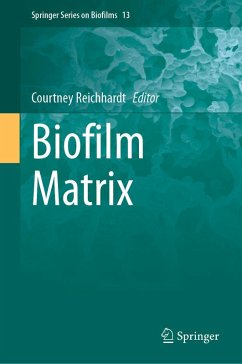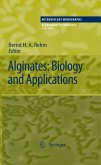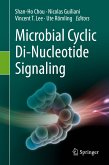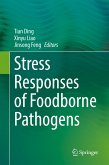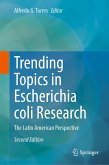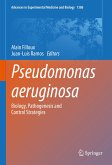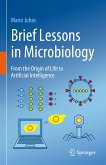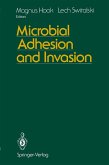This book covers an important aspect of biofilm biology-microbial biofilm matrices.
Microbes form multicellular aggregates called biofilms, in which microbial cells are encased in an extracellular matrix. This enables microbes to withstand harsh environmental conditions including antibiotic treatment. Biofilms are ubiquitous in the environment and can be both beneficial and harmful. For example, they can be used to clean up wastewater, but they also cause serious and chronic infections. It is estimated that over 80% of infections in the United States are biofilm-associated. Some examples of biofilm-involved infections include infections of implanted medical devices or artificial joints and also chronic infections of burns and wounds, including diabetic ulcers. When biofilms show up during infections or human health problems, they act very differently than planktonic bacteria. For example, biofilms can be ~1000-fold more tolerant of antibiotics than their planktonic counterparts. The biofilm matrix is thought to be a key part of why these bacterial infections are so difficult to treat. Biofilm matrix composition varies between bacterial strains and under different growth conditions. In general, the biofilm matrix is rich in biopolymers and can contain exopolysaccharides, proteins, extracellular DNA (or eDNA), and lipids. The biofilm matrix promotes attachment and structurally reinforces bacterial aggregates, preventing clearance by mechanical forces. The matrix can even block antibiotics from accessing the bacteria or prevent the host immune system from seeing the bacteria.
The target audience of this book is both established biofilm researchers and those who are newly learning about biofilms and biofilm matrices.
Dieser Download kann aus rechtlichen Gründen nur mit Rechnungsadresse in A, B, BG, CY, CZ, D, DK, EW, E, FIN, F, GR, HR, H, IRL, I, LT, L, LR, M, NL, PL, P, R, S, SLO, SK ausgeliefert werden.

